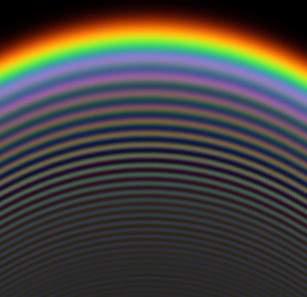Theology

Theology is the review of a the lord or, more commonly, the research of spiritual beliefs, teaching, and valuable experience, or spiritual techniques.
Augustine of Hippo defined the Latin equivalent, theologia, as “thinking or talking related to the Deity”, Richard Hooker described “theology” in English as “the technology of stuff divine”. The expression can certainly be implemented for a scope of various disciplines or types of discourse. Theologians use numerous forms of basic research and argument (philosophical, ethnographic, historical, spiritual and the rest) to help you figure out, reveal, examine, judge, protect or highlight any of countless spiritual resources. Theology may be undertaken to make it easier for the theologian
realise much more truly his or her own spiritual culture,
realize much more absolutely some other spiritual traditions,
allow side by side somparisons involving religious cultures,
secure or rationalize a spiritual traditions,
assist in alteration of a selected tradition,
serve in the distribution of a spiritual practice, or
sketch on the sources of a traditions to cope with some current situation or needs,
draw on the sources of a traditions to take a look at potential methods of interpretation the entire world, or
look into the the natural world of divinity without the need for reference to any specified culture.
Would be likely to never become created without:
Calendar
Writing
Mental performance (to realize explanation of spirituality)






 Sailing is the art of controlling a boat with large foils called sails. By changing the rigging, rudder, and sometimes the keel or centre board, a sailor manages the force of the wind on the sails in order to change the direction and speed of a boat. Mastery of the skill requires experience in varying wind and sea conditions, as well as knowledge concerning sailboats themselves.
Sailing is the art of controlling a boat with large foils called sails. By changing the rigging, rudder, and sometimes the keel or centre board, a sailor manages the force of the wind on the sails in order to change the direction and speed of a boat. Mastery of the skill requires experience in varying wind and sea conditions, as well as knowledge concerning sailboats themselves.
